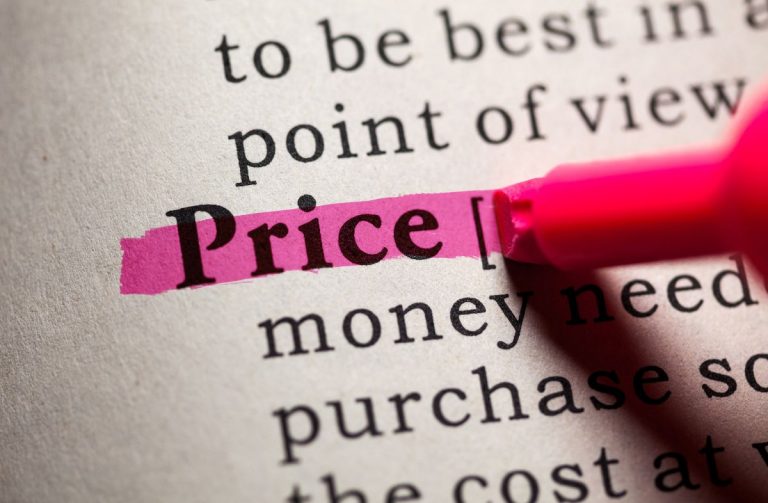Successful eCommerce strategy is based on data — but you can’t just rely on your own data when making decisions. To truly optimize your eCommerce market share potential, marketplaces must understand both their own performance and that of their competitors.
In this light, market share benchmarking becomes crucial for delivering meaningful insights that guide and enhance your overall strategy so you can build a stronger eCommerce brand.
- Understand Historical and Category Performance
Two vital areas of market share benchmarking are historical and category benchmarks. Historical benchmarks look at your own historical performance. For example, how do sales for a particular product line compare to how they sold at this time last year? On the other hand, category benchmarks look at the entire market, and compare your results to the market as a whole.
Performance benchmarks can vary significantly based on product category. For example, while the online shopping conversion rate for luxury handbags is a mere 0.6%, haircare products have a 3.5% conversion rate. Ideally, your own conversion rates should be similar to (or better than) category benchmarks for competitors in your niche.
Market share benchmarking can also help you evaluate your total eCommerce market share, and how it has changed over time. Losing market share to a competitor is a clear indicator that something is amiss with your own product lineup or marketing — or that a new competitor is making an even more appealing offer to potential customers.
Such data can help you optimize your own site, whether that be through improving the quality of product listings or removing declining products that are no longer turning a profit.
- Gain Insights Into Consumer Platform Preferences
When looking to expand and sell your product categories through new retailers, understanding where consumers want to shop — and which platforms have the best conversion rates — can help you make better informed expansion decisions.
Market share benchmarking can help you achieve this by identifying brand share changes across multiple marketplaces, so you can more easily identify which categories and SKUs are performing well and which are on the decline.
Geolocation data can lead to even more detailed eCommerce strategy insights. Gaining a regional understanding of shoppers and their behaviors can ensure more targeted decision making when trying to work with a regional marketplace or focus marketing efforts on consumers in a particular geographic location.
By conducting this level of analysis in advance, you can avoid wasting time and money by trying to expand to low-converting marketplaces.
- Identify Needed Product Assortment Changes
Which items are your best-sellers? Which are the best sellers on competing marketplaces? How does pricing impact sales? How have these trends changed over time?
Digging deep into this market share benchmarking data can provide valuable insights into changes you may need to make with your own product assortment. For example, you could be losing market share to a competing brand because your own product listing isn’t fully optimized for SEO. Or, other competitors are able to offer lower prices than what you currently offer.
Of course, these insights can go beyond looking at market share for individual items. They can also help you with assortment planning for your entire marketplace. For example, if a competing marketplace has gained significant market share after introducing a new product category, it may be worth considering adding best-selling items from that same category to your own store.
Frequent market share benchmarking is key to your organization’s ability to respond quickly and effectively to changing trends fueled by customer preferences and competitor actions.
- Adapt Marketing
Yes, market share benchmarking can also offer insights into the effectiveness of your marketing strategies. Linking historical market share data with your marketing campaigns can help you better gauge a particular campaign’s effect on web traffic levels and conversions.
Using this data can help you dig deeper into the reasons why a particular marketing campaign worked (or didn’t work) at enhancing your market share. Perhaps it was the type of messaging the campaign used, or a specific promotional offer. Market share growth could even be linked to the method you used to target customers, such as email, paid search ads, or social media ads.
By using market share benchmarking to correlate sales outcomes with ad campaigns, you can fine-tune future campaigns so they continue to focus on the elements that drove sales with previous marketing efforts. This will allow you to continue to grow your market share with messaging that is better tailored to the target audience for each product category.
Improve Your Market Share Benchmarking With Cluster
Quality data can make all the difference in achieving marketplace success — and Cluster can help. With a full range of data-driven solutions for marketplaces, Cluster can help eCommerce businesses and marketplaces better track and understand drivers of market share, and how they change over time.
By using market share benchmarking to fine-tune your eCommerce strategy, you will be better positioned to implement effective changes with your product lineup that drive sales and boost your digital reputation.





No comment yet, add your voice below!